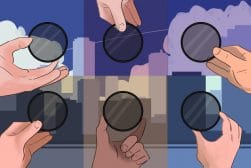

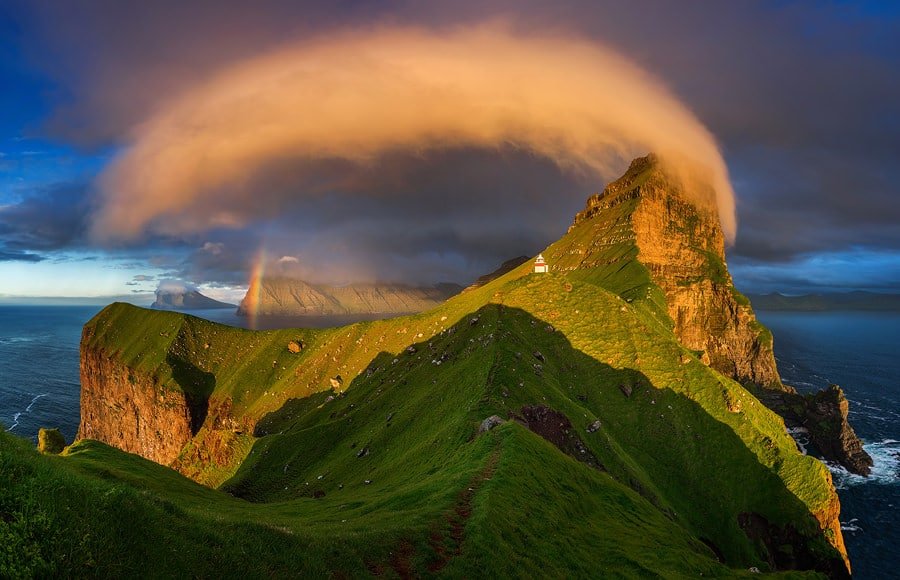
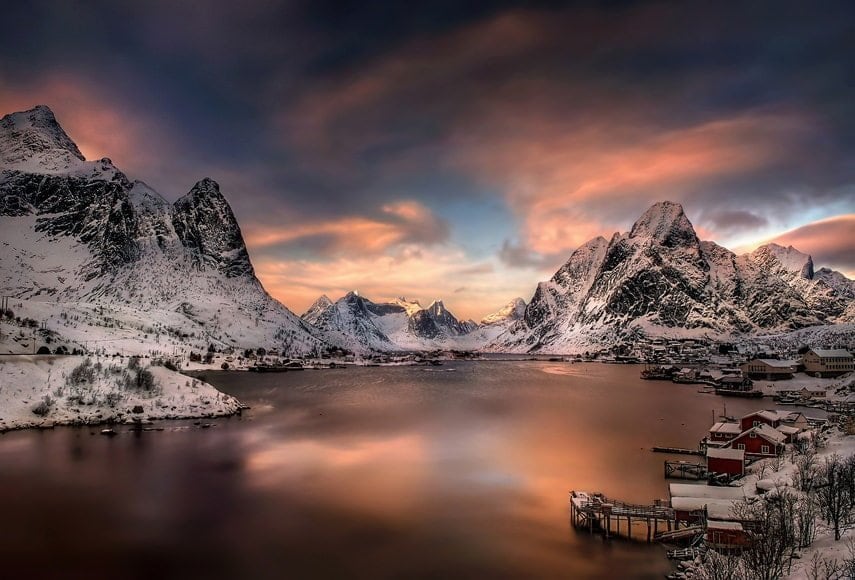
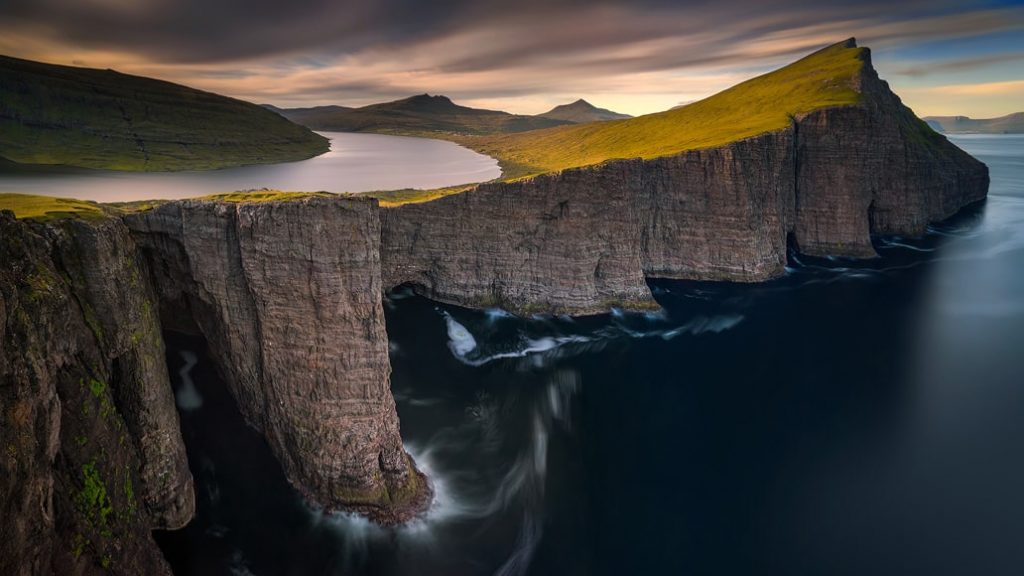



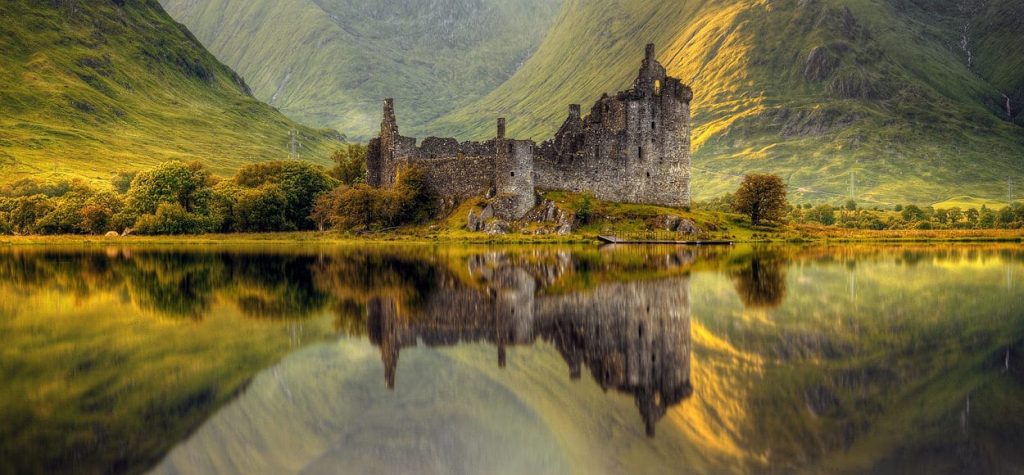
Wojciech Kruczynski
Landscape | Last Updated: April 4, 2024
I come from Poland, a country with a very diverse landscape, from the sea to the lakes and forests to the large and beautiful Tatra Mountains. I spend my free time hiking in the mountains or on cycling expeditions.
In my school days, I was involved in analogue photography. It was exciting to develop pictures in the darkroom. It’s a particular experience to watch an image emerge from the white paper. These were the days of the Russian brand Zenit. It was a very good camera back then.
I knew that I would eventually come back to photography. Seven years ago, I thought: If I walk in the mountains and see so many beautiful but also ephemeral views, why not capture that in pictures? Why not keep this moment permanently? And that’s how it started.
I started with a Nikon D7000 and a few good lenses, like the Nikon AF-S DX 12-24mm f/4
, Nikon AF-S DX 55-300mm f/4.5-5.6G
and Nikon AF-S 300mm f/4D
. However, Nikon had several disadvantages. Firstly, oil dripping on the mirror and the fact that Nikon’s service said that it was not his business. Secondly, the sensor had too low resolution and tonal range for landscape photography. Besides, it was difficult to take a really sharp picture because of the anti-aliasing filter (see guide). So, one day there was a quick divorce – especially because the amazing Sony mirrorless cameras appeared.
Now I am using Sony a7R and most often a Sony Zeiss FE 16-35mm f/4
. It is the ideal equipment for a landscape photographer. The Voigtländer 10mm f/5.6 Hyper-Wide
is also very good and very surprising. I used a Sony FE 24-240mm f/3.5-6.3
but it was not good class equipment. Recently produced lenses like the Sony FE 24-105mm f/4.0
and Sony FE 100-400mm f/4.5-5.6
are a godsend. I don’t need anything else, besides good light.
Main body
Sony a7R – my best body for now, still awesome.
Lenses
Voigtländer 10mm f/5.6 Hyper-Wide-Heliar (I have lot of fun with it)
Sony FE 16-35mm f/4.0 Zeiss Vario-Tessar T* ZA OSS (hard to kill, good optics).
Sony FE 24-105mm f/4.0 G OSS (outstanding).
Sony FE 100-400mm f/4.5-5.6 GM OSS (absolutely pro).
Second body
Sony a6000 (very good body, used for astro and timelapse mainly).
Lenses
Sony E 10-18 mm f/4.0 OSS (very nice).
Samyang 12mm f/2.0 NCS CS (very good choice for astrophotography).
Sony E 16-50 mm f/3.5-5.6 PZ OSS (not worthy of mention).
Tripods
Manfrotto BeFree Compact Travel Carbon with Manfrotto 494 Mini Ball Head
(standard head was too weak for my gear)
Velbon DF-10ML Mini (small but hard to kill).
Filters
NiSi 150mm filter holder to Voigtländer 10 mm
NiSi 150x150mm Square HD Polariser
NiSi 150x150mm Nano IR Neutral Density filter – ND1000 (3.0) – 10 Stop
B+W 77mm Circular Polarizer
B+W 77mm SC 110 Solid Neutral Density 3.0 Filter (10 Stop)
B+W 77mm SC 106 Solid Neutral Density 1.8 Filter (6 Stop)
B+W 72mm C-POL KSM MRC nano XS-Pro
B+W 72mm SC 110 Solid Neutral Density 3.0 Filter (10 Stop)
Hoya 62mm Pro ND-100
Other
Hahnel ProCube Twin Charger
8 spare batteries
Remote Control for Sony Alpha (necessary for bulb time and bracketing)
Reporter Strap Filter case
PGYTECH SD-Card case
Last but not least: my favourite axe.

Check out these 8 essential tools to help you succeed as a professional photographer.
Includes limited-time discounts.






